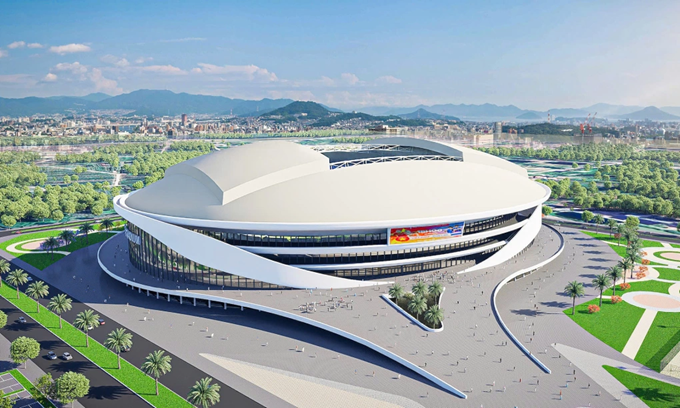
Weather-responsive architecture
PVF Stadium is built in a sports and service complex of more than 920,000 m², with an expected capacity of up to 60,000 seats. Not only its scale, the project attracts attention because of its fully open and closed dome system, considered the "technological heart" of the project.
According to the design, the dome can be fully opened or closed in about 12-20 minutes, operating on modern mechanical and control principles similar to large stadiums such as AT&T Stadium (USA) or Al-Bayt Stadium (Qatar). The giant roof panels are slid on a steel rail system by high-power electric motors, and are continuously monitored by a network of sensors measuring vibration, temperature and load, ensuring safety in all operating conditions.
The material chosen is PTFE or ETFE fiber membrane, a super-light, heat-resistant and UV-resistant material that allows natural light to pass through and reduces noise from rain, while saving electricity for daytime lighting. In bad weather, the roof can be closed to protect the pitch and stands; in good weather, opening the roof allows natural ventilation, recreating the “open air” feeling and maintaining ideal conditions for players.
Along with the mobile roof system, the hybrid modular turf is one of the important highlights that helps PVF meet international standards. This is a technology that combines natural grass and artificial fibers that are "sewn" into the sandy soil, creating a more even, stable and elastic surface than traditional grass. This type of turf is currently used at most of the world's leading football fields such as Wembley (UK) or Singapore National Stadium. With Vietnam's tropical monsoon climate, this technology helps reduce flooding, drain water quickly, and withstand heavy loads when organizing events. After dense performances or competitions, only damaged areas need to be replaced modularly, not having to renovate the entire field - helping to shorten recovery time and save costs.
In addition, the smart irrigation and drainage system, supplementary lighting for the grass when there is a lack of sunlight and temperature control of the root zone help maintain ideal growing conditions all year round. Hybrid turf also contributes to protecting the health of players, reducing injuries due to slipping or too much friction - which used to be a big problem with many natural grass fields in the country.
In particular, with its modular structure, PVF Stadium can quickly “transform” to serve non-sporting events such as concerts, festivals or exhibitions, without affecting the quality of the grass. This is an important factor that helps the project operate sustainably, aiming for long-term exploitation efficiency instead of just serving a few tournaments.
The "football theater" model
If the dome and the grass are the “body” of the project, the technical and communication management system is the “brain” that helps PVF Stadium meet international operating standards. The entire broadcasting, sound, lighting, security and audience control systems are connected on a broadband IP network platform, allowing centralized control and real-time monitoring.
The broadcast control center will be equipped with technical rooms, editing rooms, international signal transmission area, press area and specialized camera positions for football. The TV signal can reach UHD/HDR standards, meeting the requirements of major tournaments as well as global live program production.
The lighting system uses high-power LED technology, ensuring illuminance, color temperature and uniformity according to FIFA standards, while limiting flickering when shooting slow motion. The line-array sound system hanging under the dome is calculated to cover the entire stand, reducing echo and ensuring a vivid experience for the audience.
Notably, all operational data – from lighting, temperature, humidity, to power consumption and audience traffic – will be collected and analyzed to serve predictive maintenance and energy optimization. Thanks to that, the project will not only be modern when inaugurated but also “smarter” over time, through each software update and operational adjustment.
PVF is designed in the model of a “football theater”, without a surrounding athletics track, helping the audience get closer to the grass, increasing emotions and creating a typical atmosphere like in Europe. Under the stands is a system of layered spaces: Team operation area, VIP - hospitality area with private waiting room, food and service area for the audience. The parking lot is more than 180,000 m² wide and can serve tens of thousands of vehicles at the same time.
Thanks to the open-close dome and modular turf, PVF Stadium can quickly “change functions”, organize concerts, exhibitions or festivals without affecting the technical structure. With a diverse frequency of exploitation, the project is expected to become an “event meeting place” of the North - a place where sports, culture and tourism intersect.
The security and safety system is modeled after international standards with dynamic exits, voice warnings, CCTV AI monitoring capable of analyzing crowd density and detecting abnormal behavior. Electronic tickets and automatic access control help shorten travel time, reduce congestion inside and outside the stadium. This is an important step forward in the trend of "digitalizing the audience experience" that modern stadiums around the world are applying.
When completed, PVF Stadium will not only surpass the scale of My Dinh to become the largest sports facility in Vietnam, but also be a turning point in the country's smart sports infrastructure. Minister of Public Security Luong Tam Quang affirmed: "PVF Stadium will be a center connecting sports - culture - tourism of the country and the region, built according to international standards, aiming for Asian stature".
That means, a stadium not only serves football, but also becomes a “technology launch pad” - a place to apply mechanical, material, electronic and artificial intelligence solutions to management, operation, entertainment and communication. From the mobile roof system, hybrid turf, IP broadcast system to data security, every detail reflects the development vision of “sports associated with technology - culture associated with experience”. With that “technology passport”, PVF is not only an architectural work, but also a symbol of the aspiration to modernize Vietnamese sports in the digital age.
Source: https://baovanhoa.vn/the-thao/san-bong-va-khong-gian-van-hoa-da-nang-177216.html



![[Photo] The 5th Patriotic Emulation Congress of the Central Inspection Commission](https://vphoto.vietnam.vn/thumb/1200x675/vietnam/resource/IMAGE/2025/10/27/1761566862838_ndo_br_1-1858-jpg.webp)

![[Photo] National Assembly Chairman Tran Thanh Man receives Chairman of the House of Representatives of Uzbekistan Nuriddin Ismoilov](https://vphoto.vietnam.vn/thumb/1200x675/vietnam/resource/IMAGE/2025/10/27/1761542647910_bnd-2610-jpg.webp)

![[Photo] Party Committees of Central Party agencies summarize the implementation of Resolution No. 18-NQ/TW and the direction of the Party Congress](https://vphoto.vietnam.vn/thumb/1200x675/vietnam/resource/IMAGE/2025/10/27/1761545645968_ndo_br_1-jpg.webp)
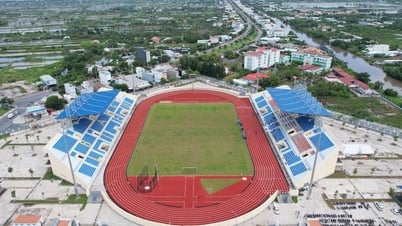



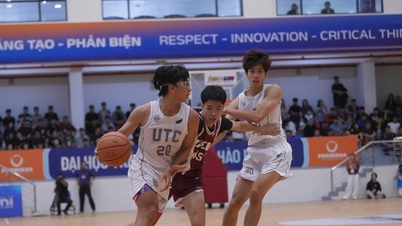

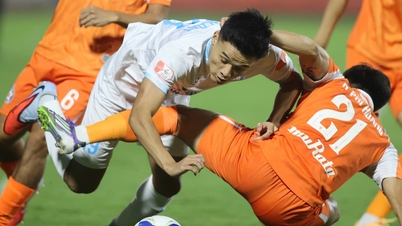

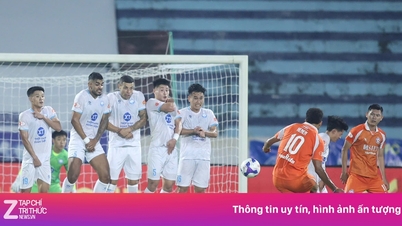









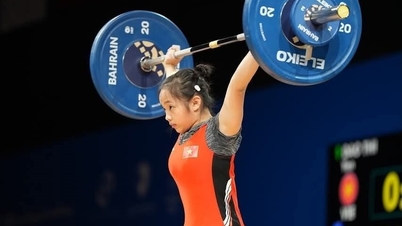


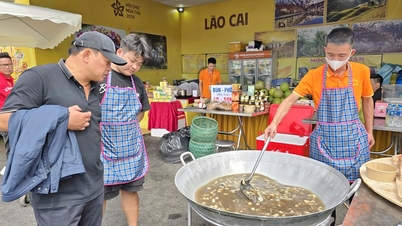










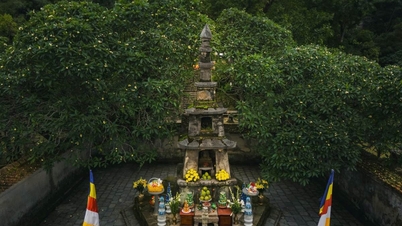

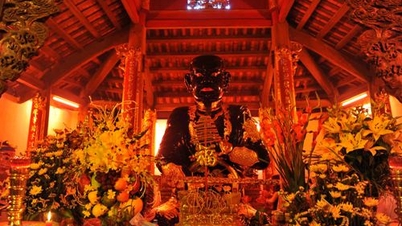


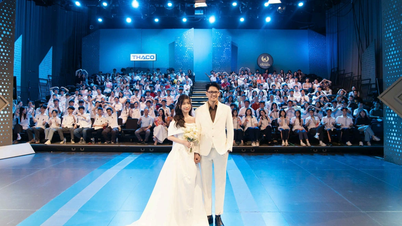
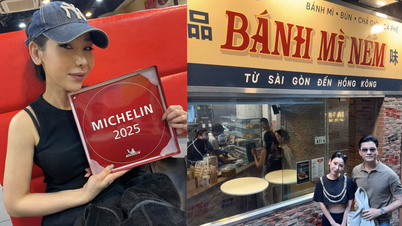
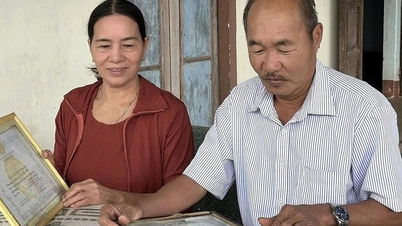
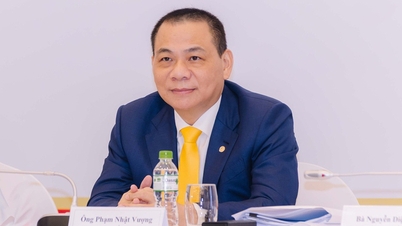

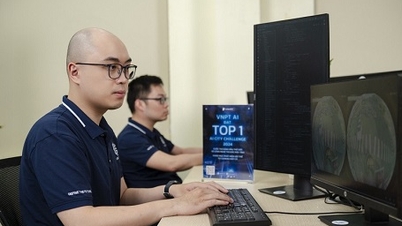



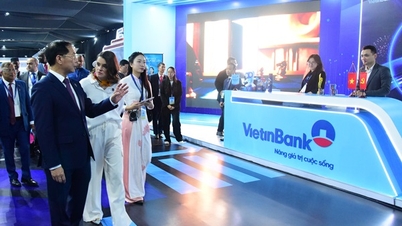
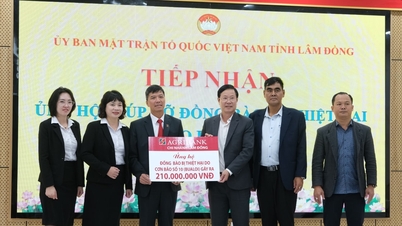



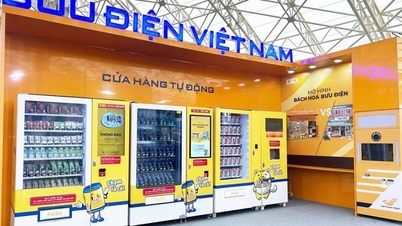







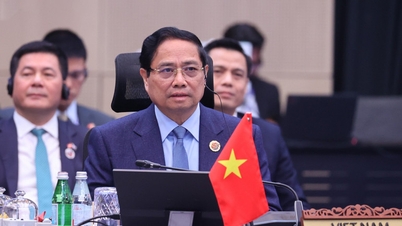

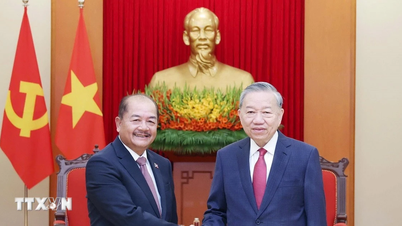

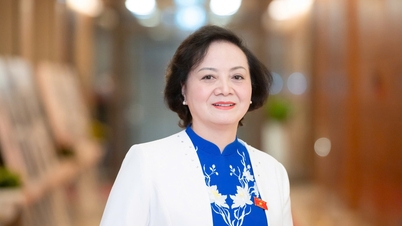

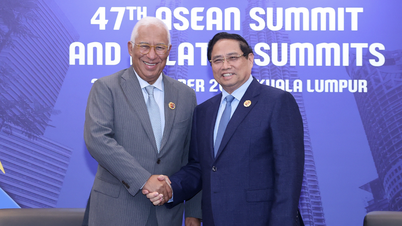
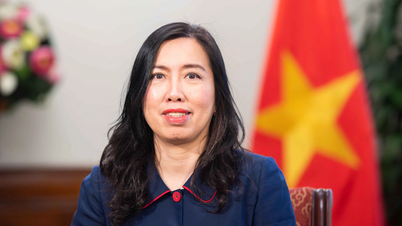
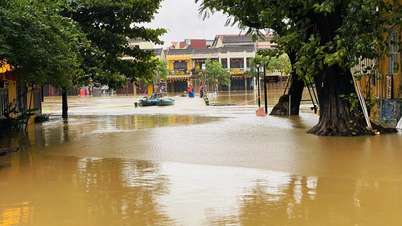
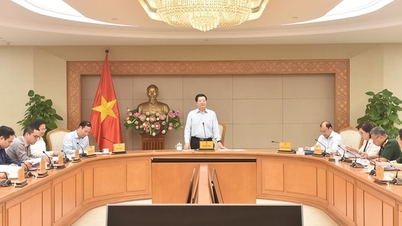

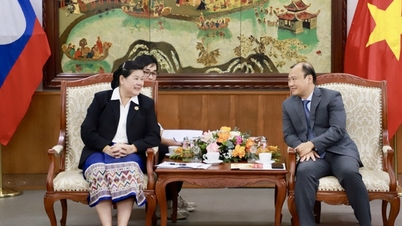
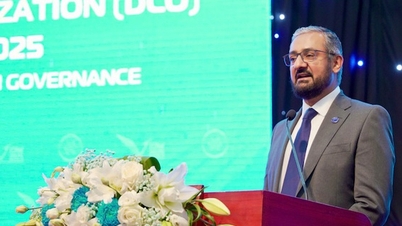
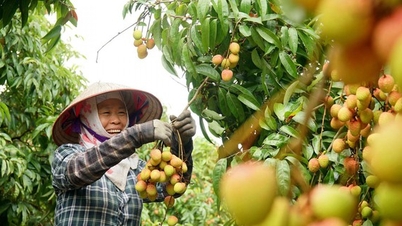
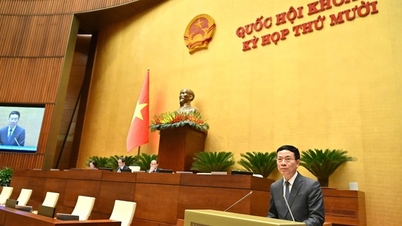
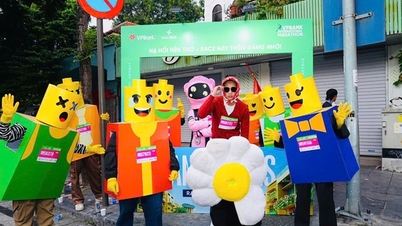
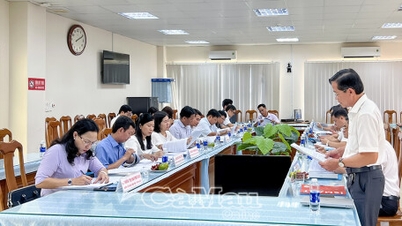

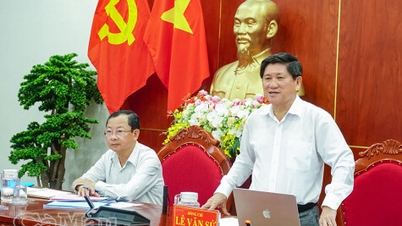
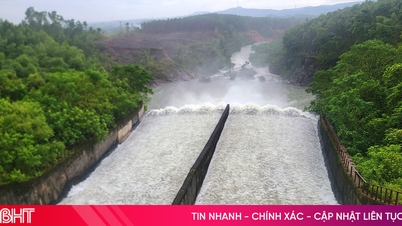

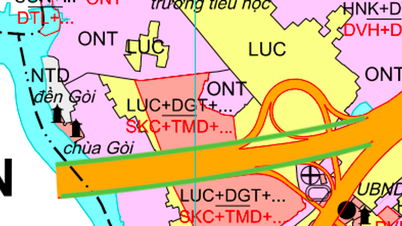
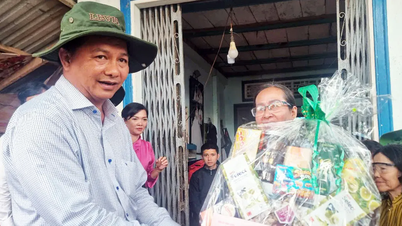

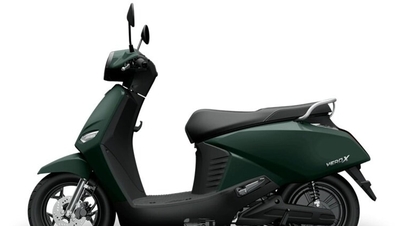














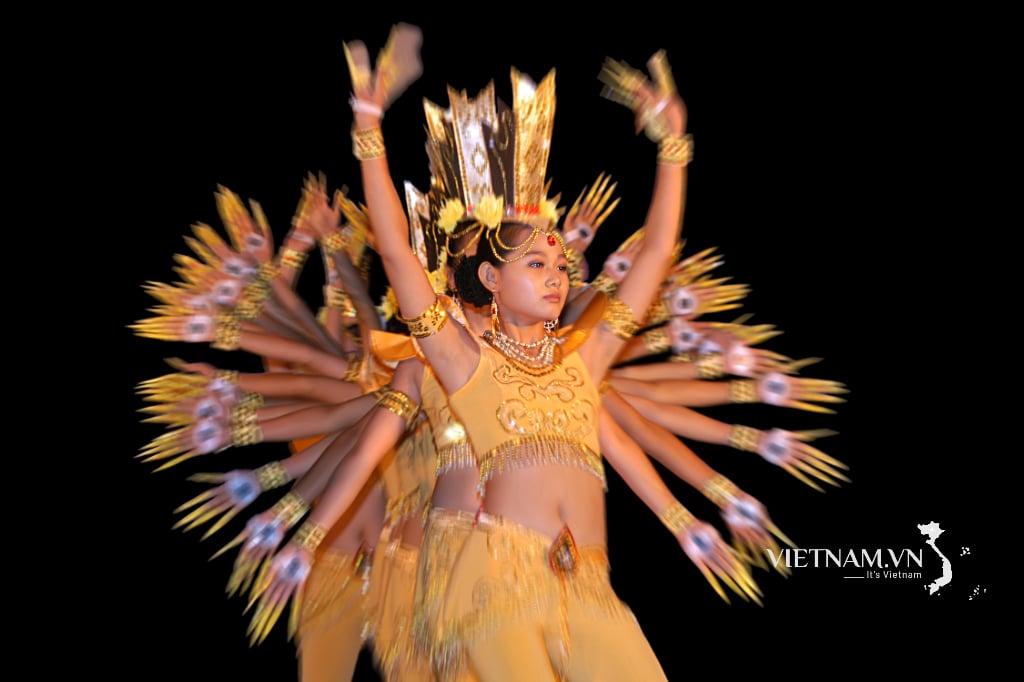
Comment (0)